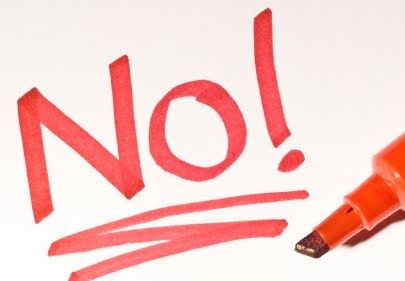
It is not at all uncommon for more than one inventor to be involved in filing a patent application. You may recall a past article that outlined the definition of an inventor. To refresh your memory, an inventor is anyone that had some input on at least one claim in a patent application.
It is also common for there to be several inventors on a patent application. When filing a patent application, each inventor needs to sign a declarations or oath. Pursuant to the Manual of Patent Examining Procedures (MPEP) 602, “[t]he applicant shall make oath that he believes himself to be the original and first inventor of the process, machine, manufacture, or composition of matter, or improvement thereof, for which he solicits a patent; and shall state of what country he is a citizen.” The United States Patent and Trademark Office (USPTO) provides forms that inventors can use to fulfill the requirement to file an oath or declarations.

37 CFR 1.47 notes that “if a joint inventor refuses to join in an application for patent…the application may be made by the other inventor on behalf of himself or herself and the nonsigning inventor. The oath or declaration in such an application must be accompanied by a petition including proof of the pertinent facts, the fee set forth in § 1.17(g), and the last known address of the nonsigning inventor. The nonsigning inventor may subsequently join in the application by filing an oath or declaration.”
As is always the case, you can generally petition the director of the patent office to remedy a situation, provided that you pay a fee. In the coming articles, I will discuss what to do in the case of a deceased inventor. If you have any questions or need assistance in dealing with an uncooperative inventor, feel free to contact me. You can also follow me on Twitter, LinkedIn and Facebook for even more information.

